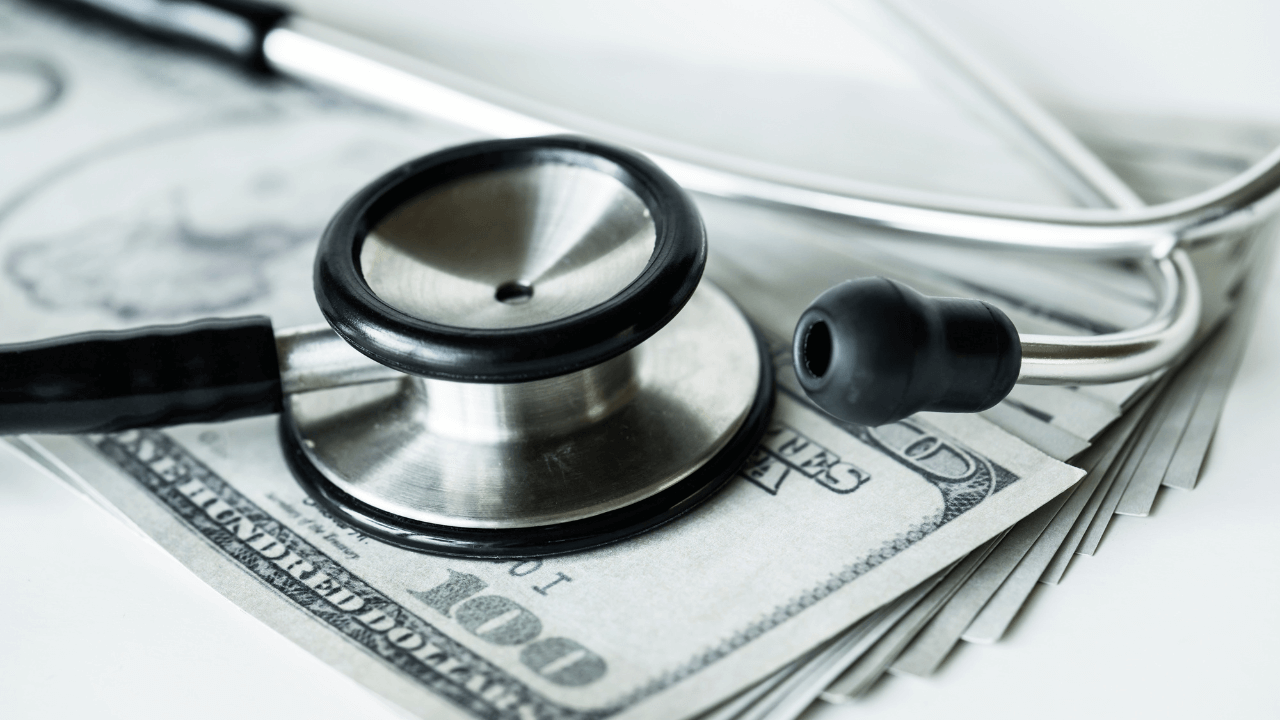U.S. healthcare costs to surge 8.5% in 2026 as drug spending soars

NEW YORK, UNITED STATES — Healthcare costs for commercial payers are projected to rise sharply in 2026, with medical cost trends expected to reach 8.5% for group plans and 7.5% for individual markets, according to a new PwC Health Research Institute report.
All the factors point towards increasing drug costs and behavioral health demand, as well as decreasing federal funding, which makes the surge another indicator of financial stress among insurers, providers, and patients.
Medical cost trends reach 15-year highs
According to a PwC survey of 24 health plan members, which covers 125 million group plan members and 12 million individual plan members, 70% of insurers reported that their trends were higher than expected, increasing pressure on consumers and employers.
Hospital margins have reduced drastically, dropping from 7% in 2019 to a mere 2.1% in 2024. This has led providers to raise their prices and shorten their revenue cycles.
In the meantime, healthcare spending in the federal sector is expected to decrease over the next several years due to policy changes, and commercial payers are likely to bear the majority of the burden.
Drug spending fueled by specialty medications
Pharmacy inflation is rising at a rate of 2.5% above medical inflation. It is estimated that Americans’ spending on pharmaceuticals will increase by a whopping $50 billion in 2024, compared to $20 billion in 2023.
Drugs, including obesity drugs such as glucagon-like peptide-1 (GLP-1) agonists, and new oncology and immunology products, will be among the key drivers; overall expenditure is estimated at $487 billion in net prices.
Health plans are scrambling to counter the surge by tightening prior authorizations, negotiating value-based contracts, and promoting biosimilars.
Three-quarters of insurers cite biosimilars as a key cost deflator, but adoption barriers persist. Transparent Pharmacy Benefit Managers (PBM) models and rebate reforms are now critical to curbing what PwC calls an intensifying pressure point.
Behavioral health demand spikes
Utilization of behavioral health services surged 45% from 2023 to 2024, with inpatient claims up 80% and outpatient visits rising 40%. The spike reflects worsening mental health crises but also strains payer budgets, as few deflationary measures exist to offset the demand.
Meanwhile, H.R. 1, also known as “One Big, Beautiful Bill,” would cut federal subsidies, such as those for Medicaid and the Affordable Care Act, which would leave between one and five million people uninsured in 2034 at the expense of employers and private insurers.
Hospitals that already have thin margins are likely to experience a revenue shortage, leading to aggressive billing practices. In an effort to mitigate losses, PwC encourages payers to make strategic investments in AI-based care management and data analytics.

 Independent
Independent




